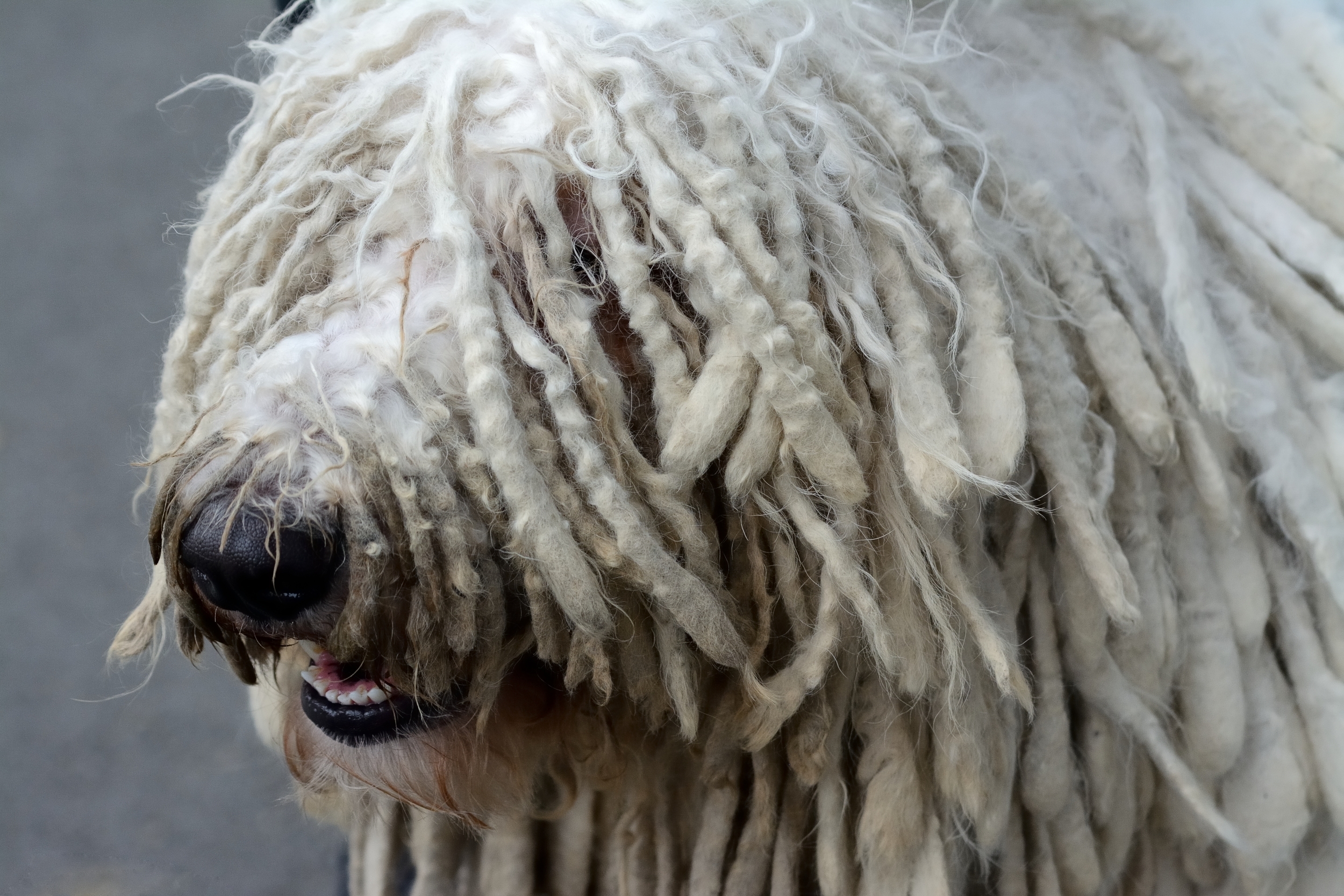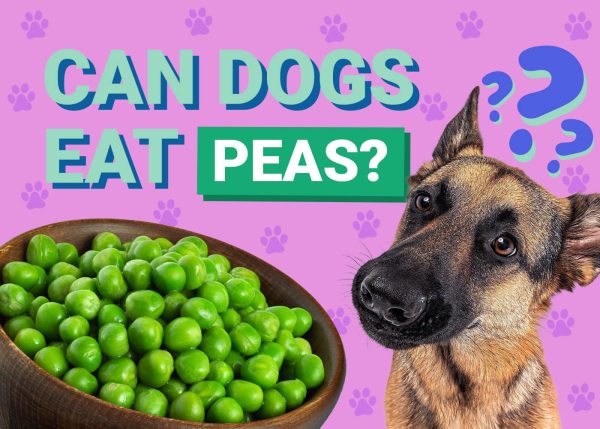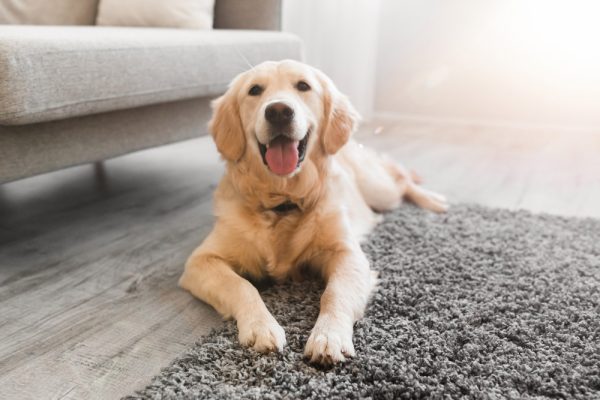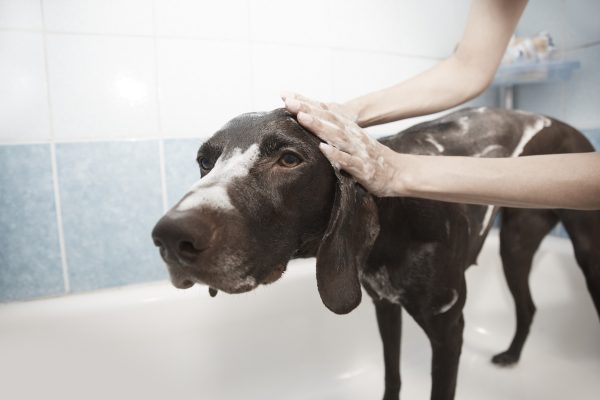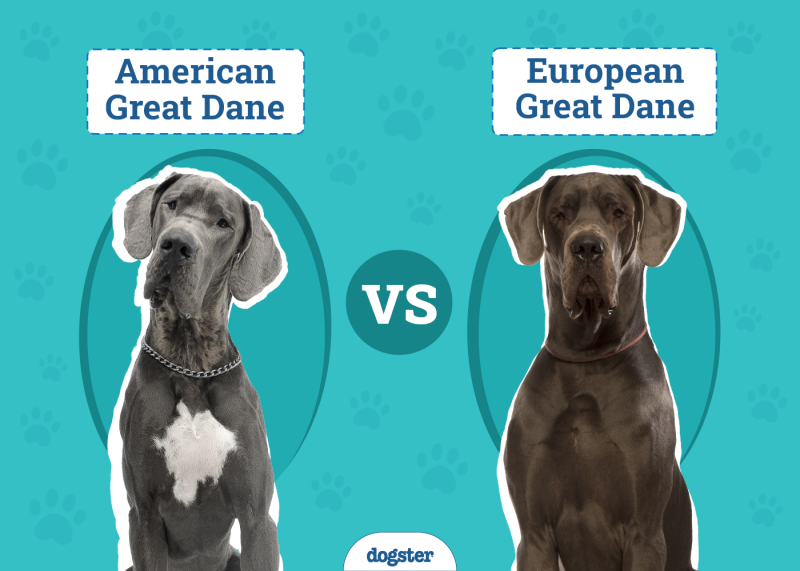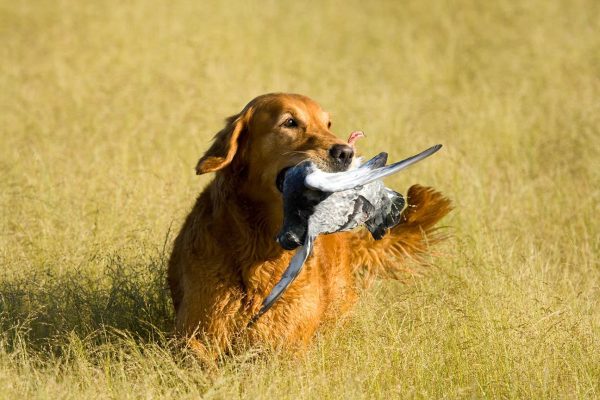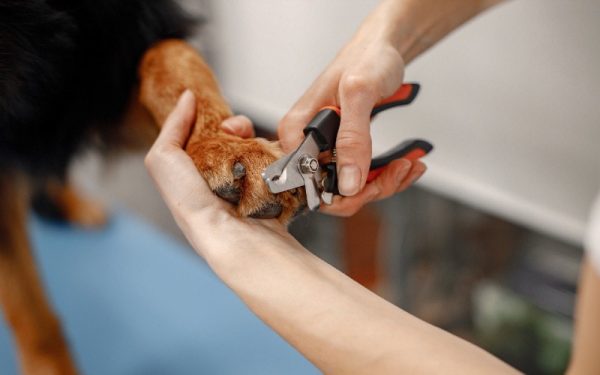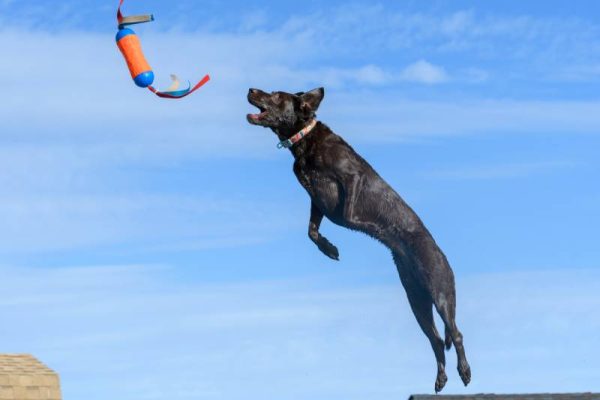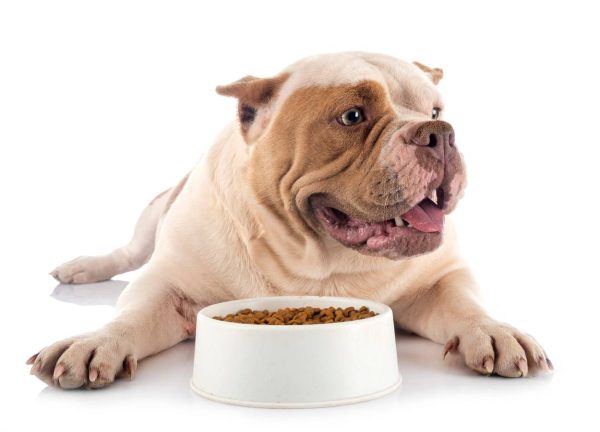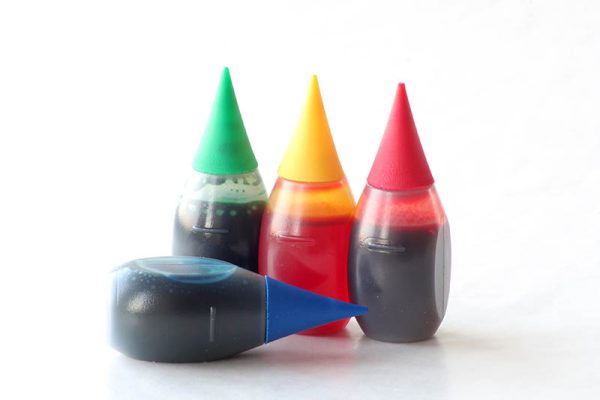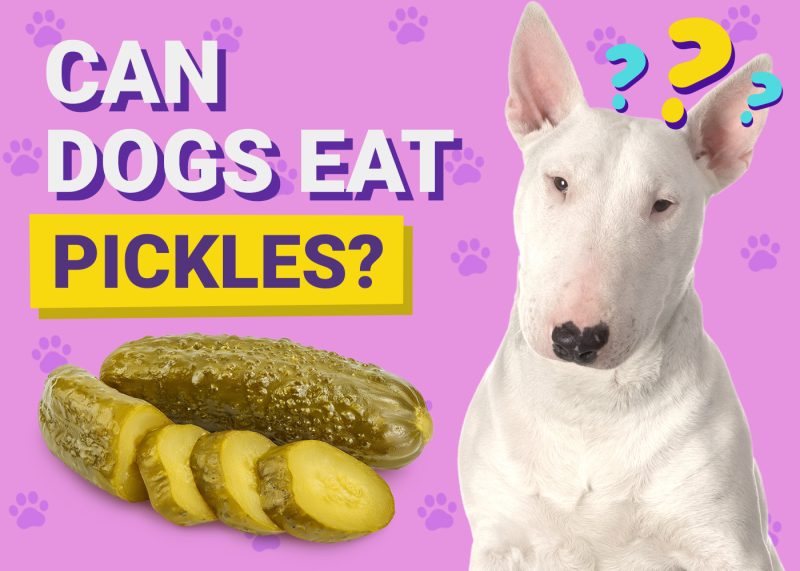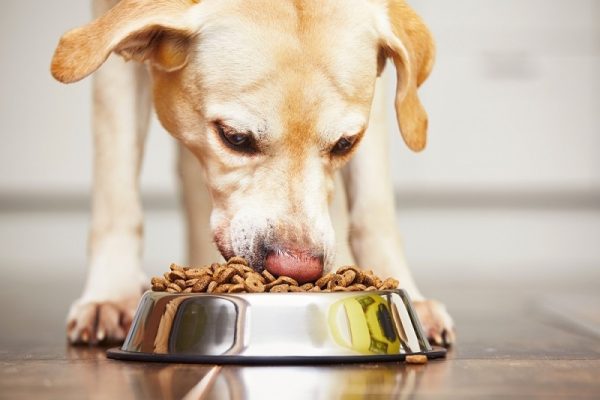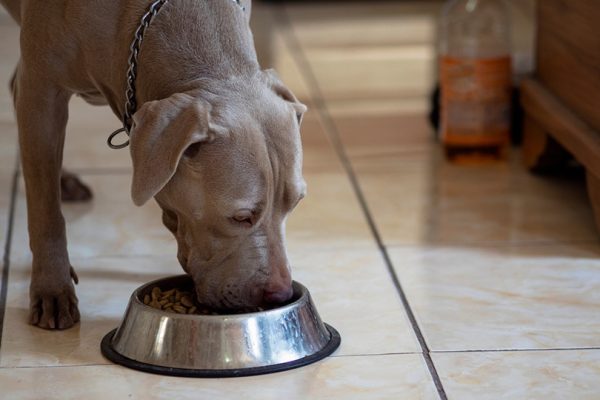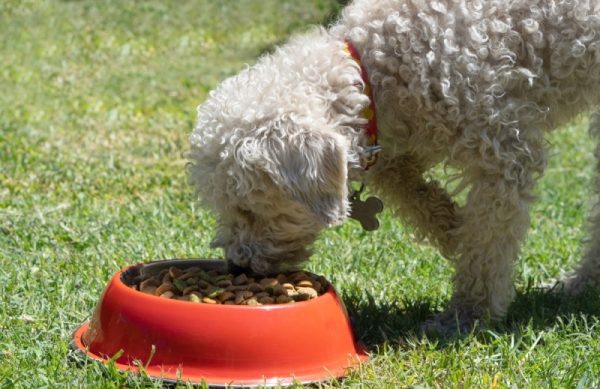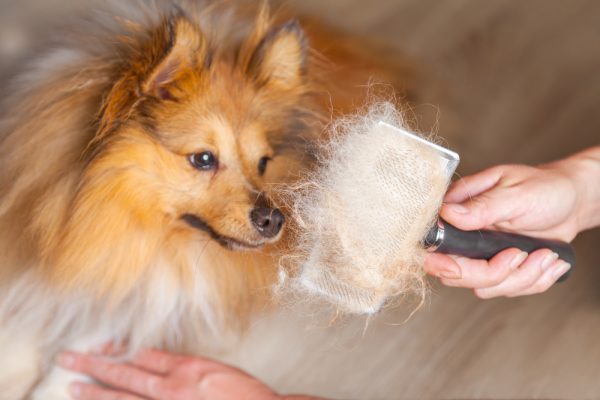The term “dreads” is most commonly used for human hair. Dogs’ fur has a much different texture, so it’s rare to find a canine with true dreads. However, some dogs do have rope-like formations that are most commonly called cords.
This unique coat type offers protection and insulation, but it also makes “mop” dog breeds look incredibly distinctive.
Let’s look at dog breeds that most commonly have cords. Some have them naturally, while others can be manually corded through grooming.

The 8 Mop Dog Breeds
1. Komondor
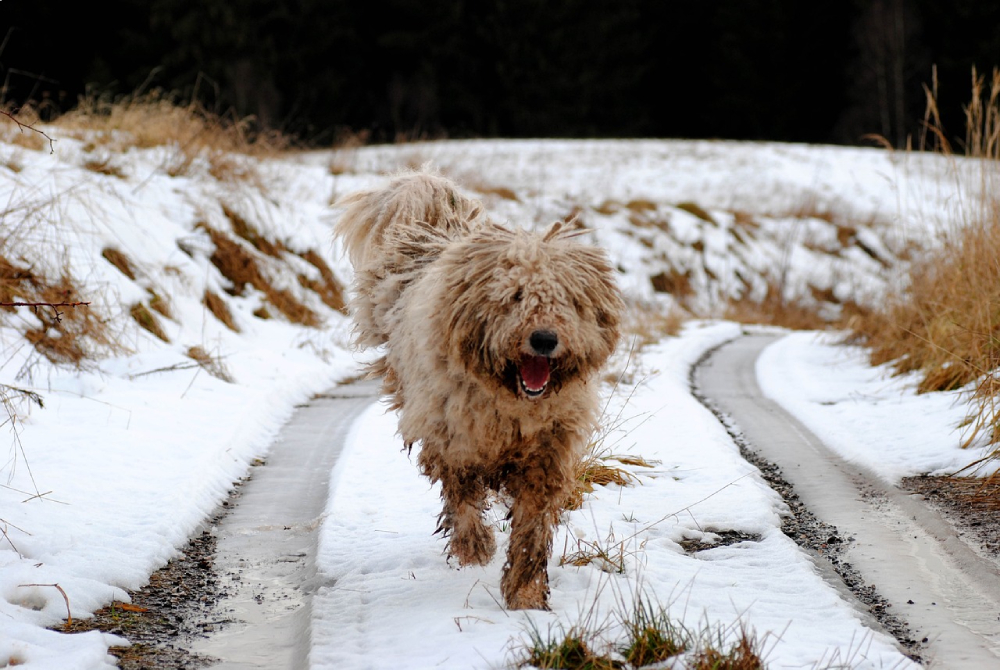
The Komondor is probably what most people think of when they imagine a corded dog. While this breed isn’t extremely popular, their long, white dreadlocks make them extremely distinctive. These are often extremely long, draping to the ground and creating a curtain around their legs.
These cords provide protection from the elements and predators. They also enabled this breed to blend in with the sheep that they were charged with protecting.
Traditionally, the whole dog is covered in cords. They’re thicker than those of some other breeds, and they tend to get quite long as the dog ages. The cords form due to the coarse outer coat trapping the wooly undercoat.
2. Puli
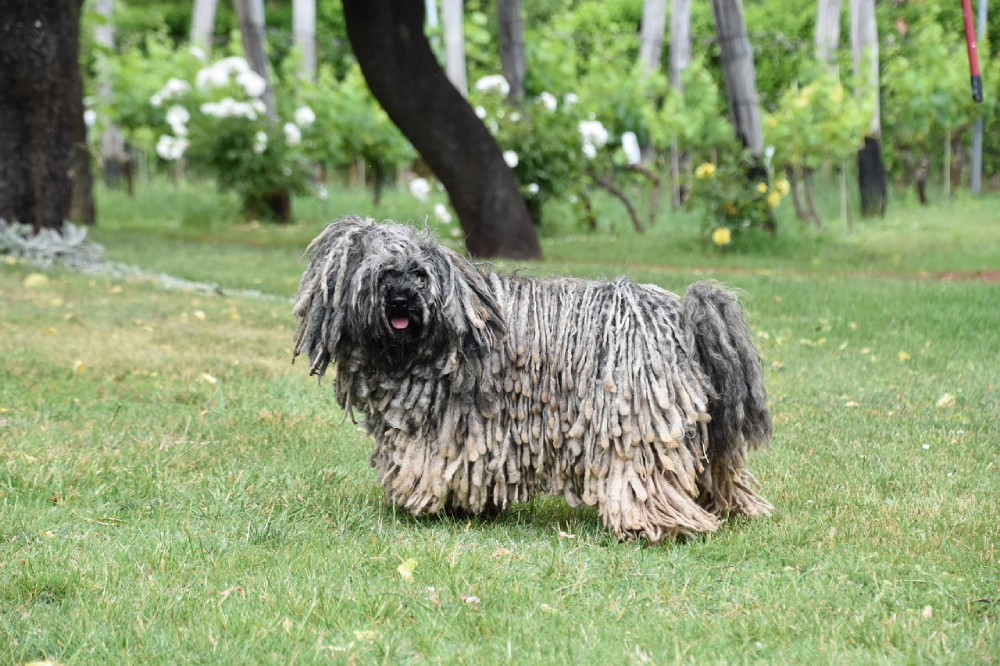
The Puli is a Hungarian herding breed that has distinctive cords, similar to those of the Komondor. This breed is most commonly black, white, or gray. Their cords are often quite thick and reach the ground. Their cords tend to form corkscrews, unlike the Komondor’s cords, which are typically straight.
Due to their coat’s curled appearance, this breed typically looks more like a mop than most other dogs on this list. Their cords can develop in a range of different textures and lengths. Despite their frazzled appearance, their coats are easier to care for than you may think.
It’s important to know that not all Pulis cord. Many owners have them brushed out, and working dogs are often shaved down completely. Most adults are corded for show, though, or simply according to the desire of their owner. It was only recently that these dogs developed the widespread proper texture for cording. A few decades ago, more Pulis had to be brushed out due to having the improper texture.
3. Bergamasco Shepherd
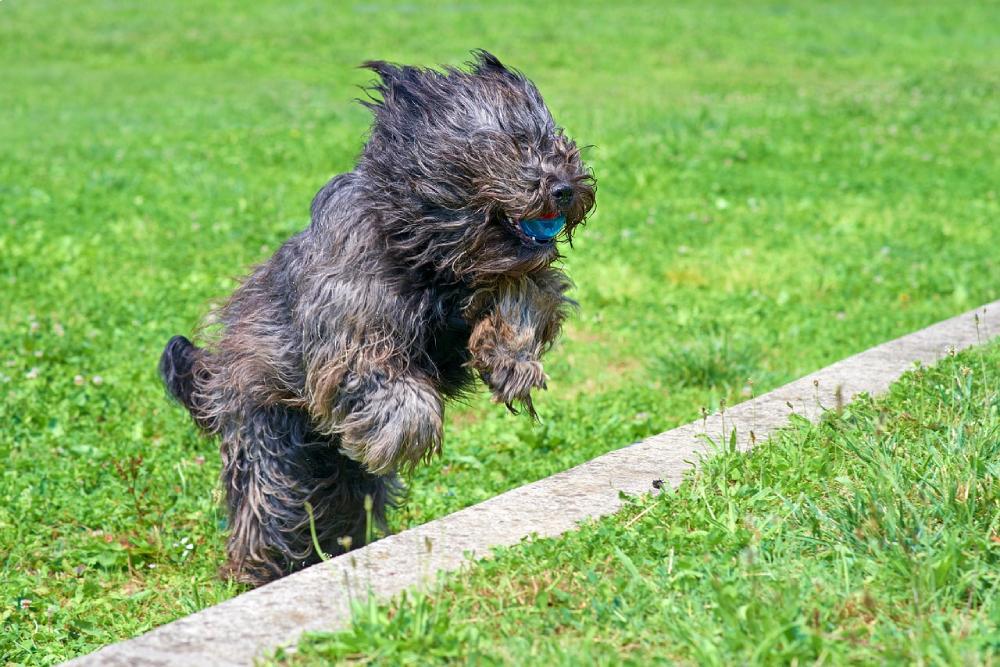
The Bergamasco Sheepdog originates from the Italian Alps, and their cords are extremely thick. It’s best to describe them as “felted,” not just corded. They develop long, flat mats that are usually referred to as “flocks.”
Their fur can make the Bergamasco look uncared for. However, it’s a natural adaptation that provides insulation. When a dog’s fur is matted into flocks, they have an exceptional ability to maintain their body heat.
This Shepherd’s hair is exceptionally unique, which is exactly why it can be corded. They have a wooly outer coat, long straight strands, and a fine undercoat. These three types of fur join to make the cords that the breed is known for today.
These dogs can have many different types of cords all over their body. They tended to be the most “corded” from the top of their head to their upper back. The rest of their body tends to develop into mats. These can be broken apart into different cords, but this isn’t necessary.
4. Berger Picard

You may be surprised to learn that the Berger Picard often develops loose cords, especially the males. Their thick double coat provides protection from the elements, though it does require specialized care. This breed’s intelligent nature makes them a suitable family companion, but they can be hard to find outside of France.
Be prepared for plenty of exercise and many brushing sessions. These “mop” dogs are a great deal of work, but they can be absolutely worth it to the right family.
5. Havanese
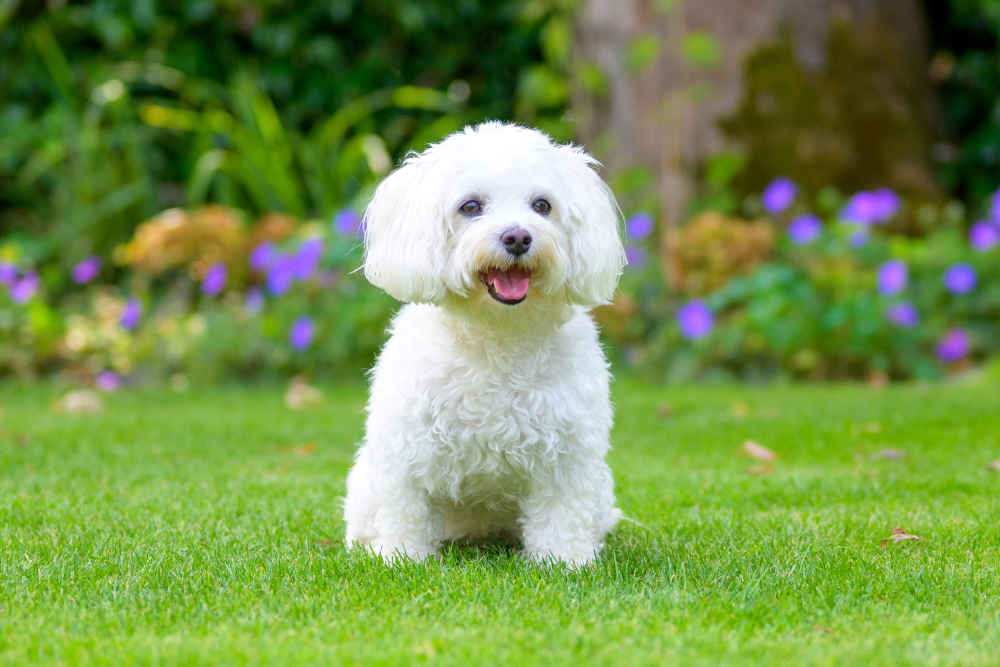
Havanese do not traditionally have a corded coat. However, they can develop cords when groomed properly, and this hairstyle is becoming more popular. It’s often advertised as easier than keeping them brushed out, but this isn’t necessarily true. Cords require incredibly careful grooming, so it’s best to work closely with a professional groomer.
Unlike other naturally corded breeds, the Havanese must be regularly groomed and trimmed to keep their cords proper. Otherwise, they can just turn into one big mat. They don’t stay corded naturally either, so weekly maintenance is required.
6. Poodle
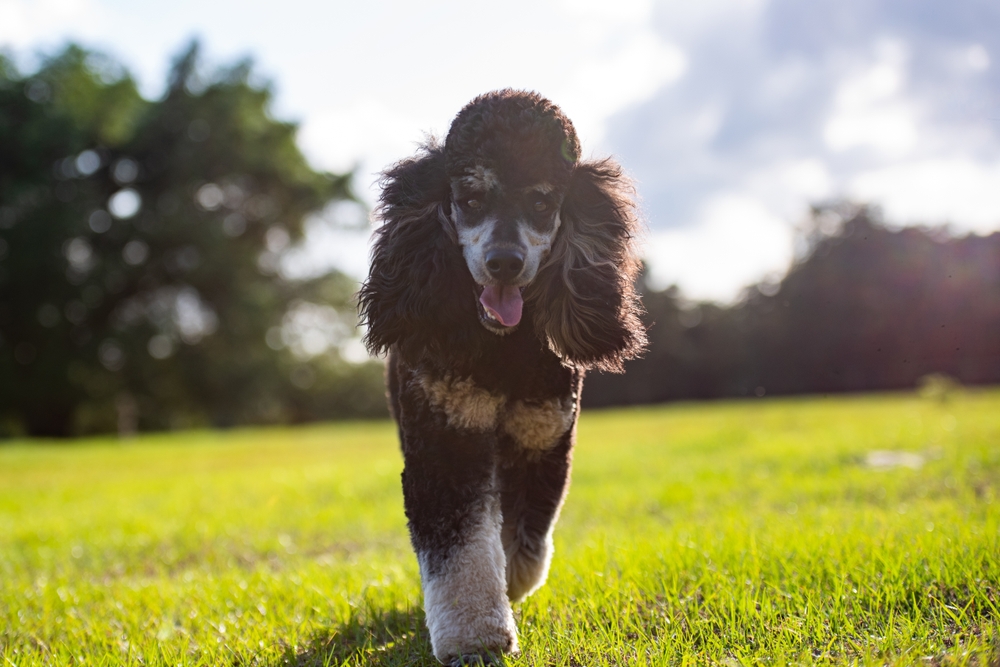
Poodles aren’t known for their natural cords, so they won’t develop if you leave their coat alone. However, with specific grooming techniques, you can give these dogs cords. A corded hairstyle requires plenty of maintenance, though. Poodles will not keep them naturally, and they can quickly become all matted together.
This is the most popular in Standard Poodles, the largest size. Work with a groomer if you want to achieve this look, as it does require significant amounts of time and effort to maintain.
7. Spanish Water Dog

The Spanish Water Dog is one of the newest corded breeds out there. These dogs were developed in Spain to help with all sorts of tasks, including assisting fishermen and herding all types of livestock. They do have unique grooming requirements, though. For example, you must clip their cords down each year.
The rest of the year, they can be grown out. Brushing or combing the cords isn’t necessary. You may need to split up a few cords if they’re too large, but otherwise, these “mop” dogs have minimal grooming requirements.
Their cords are also quite thin, making them different from those of other breeds, and each has a natural “fish hook” curl at the end.
8. Pyrenean Shepherd
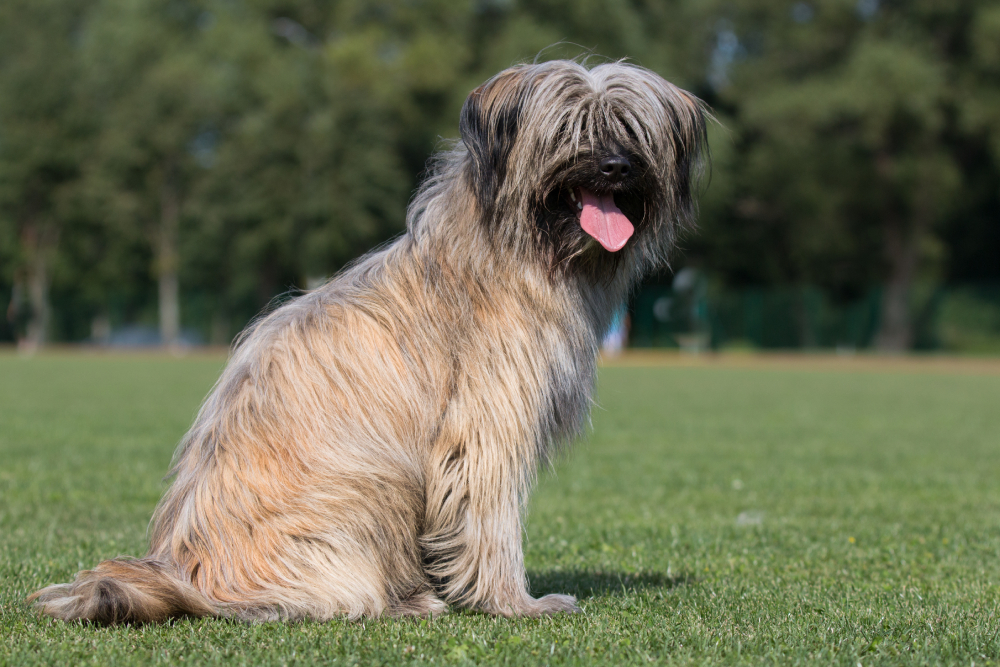
Pyrenean Shepherd was used for herding hundreds of years ago. They’re an extremely ancient breed and come in two main types. Only the Rough-Faced Pyrenean Shepherd’s coat tends to cord, and they may only do so around their flanks or on their rump. Their cords also tend to be exceptionally wide, more like mats than cords. For distinctive cords, you’ll have to guide the mats into cords by separating them.

Conclusion
Cording your dog’s coat is a great deal of work. It’s often recommended that new dog owners avoid corded breeds or work closely with a groomer to keep their dog’s coat healthy. Cording requires incredibly specific techniques. Even if you’ve groomed a dog before, that doesn’t mean you know how to cord a Komondor’s coat.
Cords are distinctive from mats. Just because a dog’s coat can get matted, it doesn’t mean they can be corded.
Usually, cording requires a great deal of work upfront to get the cords started. Sometimes, this process takes several months and many visits to a groomer. However, the process often lessens after this initial set-up. Cords were designed primarily to help protect the dog and lessen the overall amount of grooming required.
See also:
- Cockapoo Dog Breed Info: Pictures, Traits & Fun Facts
- 49 Popular Chihuahua Mixes: Pictures, Facts & History
Featured Image Credit: Alexandr Junek Imaging, Shutterstock
